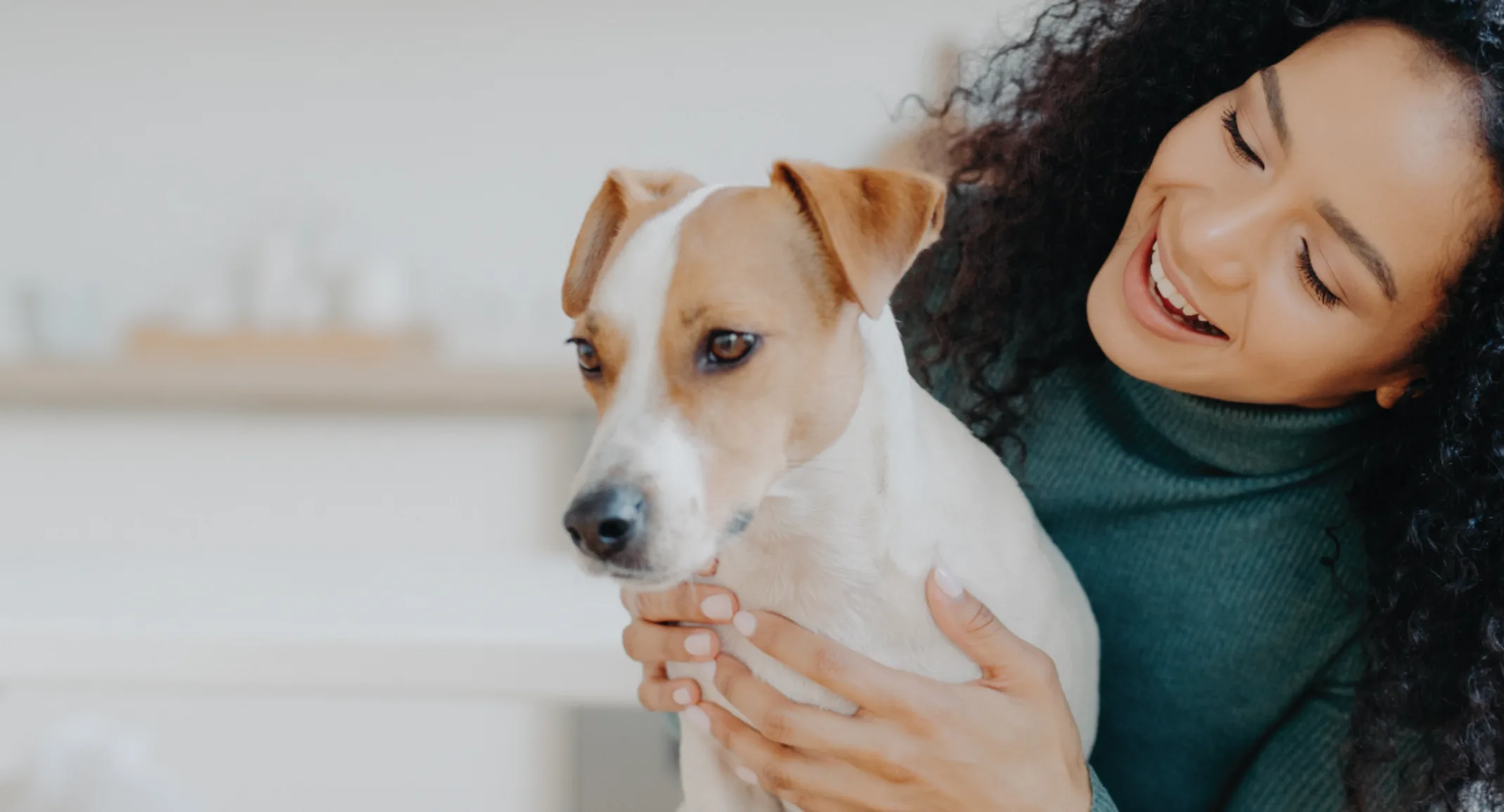Four Steps to Help Fido’s Anxiety
General

How Can I Help My Dog?
Separation anxiety can be hard on you as the pet owner too. If you have concern over your dog’s behaviors that may include urinating or defecating, excessive barking and howling, trying to escape or being destructive while you are away, try these four steps to help with the dog’s separation anxiety.
Take a walk-
The physical stimulation will help tire the dog out and you will leave him in a quiet, resting mode. If you can’t take a walk, playing together or working on training before you leave will help mentally exhaust your dog before you depart.
Don’t make it a big deal-
Don’t pet your dog, talk to him or make eye contact when you leave — or even when you first return home. This helps him learn time apart is just business as usual.
Start small-
Leave the dog alone for five minutes, then extend the time to 20 minutes, then to one hour. Continue to increase your time away until you’re able to leave for a full eight hours without problems occurring. Use treats and praise as positive reinforcement when your dog responds well.
Stay calm-
The dog can sense your concerned and guilty feelings as you’re getting ready to leave. When you’re calm and confident and project the energy that everything will be okay, the dog’s anxiousness will decrease.
Is Your Dog Still Suffering?
If these steps don’t help your dog’s separation anxiety, ask your veterinarian to consider medical problems that may be contributing to the behaviors, such as incontinence or a medication that causes frequent urination. If behavior problems persist, a certified applied animal behaviorist or certified professional dog trainer may be able to help the dog with more complex counter-conditioning or desensitization.
Antidepressants or anti-anxiety medications can be prescribed too, but for best results, these drugs should be used along with a training plan to help the dog learn how to handle being left alone. Consider leaving your dog with a friend or family member, taking him to a doggie daycare or even taking your dog to work with you, if you can, while you help your dog cope with anxiety in the short term.
Will Crate Training Help Separation Anxiety?
Some dogs respond well to crate training because they learn their crate is a safe place to go. But for others, it can cause added stress and anxiety. Owners can observe the dog when he’s left in the crate while you are home. If he is panting heavily, trying to escape or persistently barking/howling, you may consider confining your dog to one room behind a baby gate instead. Leaving busy toys for distraction, or clothes you’ve recently worn as a scent cue can help your dog too.
Remember …
Treatment can be a gradual process. As you work with your dog through the separation anxiety, it’s important to remember you should not scold or punish your dog. Anxious behaviors are a distress response, and not a result of disobedience. If you punish him, he may become more upset and the problem could worsen.
Does your pet suffer from Separation Anxiety, and you feel like you’ve tried everything?
Schedule a Behavior Consultation appointment with our very own Dr. Annika Benedetto! She loves helping families with pets that have challenges. Dr. Benedetto can asses your pet and their environment to provide your family with a training protocol aimed to reduce stress for the whole household.
Sources:
PetMD – Behavioral Conditions: Separation Anxiety

